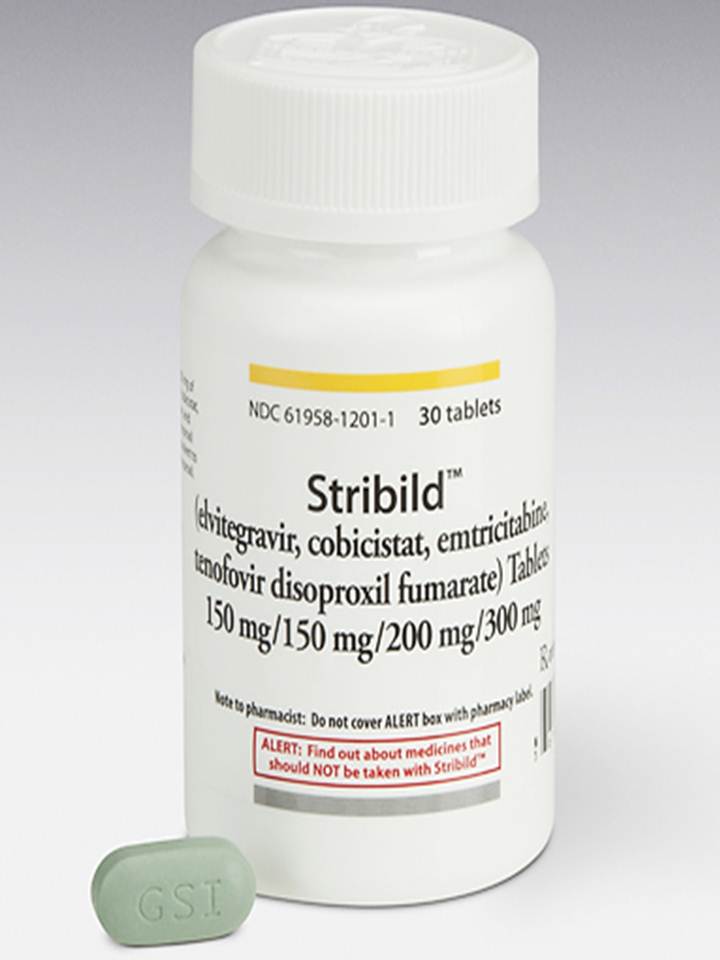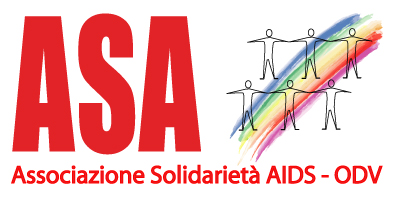Three
quarters of infants starting antiretroviral therapy (ART) across eleven clinics in southern Africa had
severe HIV disease and 87.2% met the 2006 World Health Organization (WHO)
definition of severe immunosuppression, according to a study presented at the
2014 Southern African HIV Clinicians Society conference in Cape Town, South Africa, last
month.
There
was a modest improvement
No to treating our way out of the epidemic, say South African experts
No, we cannot treat our way out of the HIV epidemic, was the
resounding sentiment of a panel of expert clinicians and the audience, at a
debate held at the 2014 Southern African HIV Clinicians Conference in Cape Town
last month.
Professor Richard Chaisson of the Johns Hopkins University School
of Medicine argued that
Sofosbuvir/ledipasvir safe and effective for genotype 1 HCV
A single-tablet
regimen containing the hepatitis C virus (HCV) nucleotide polymerase
inhibitor sofosbuvir and
the NS5A inhibitor ledipasvir - the combination in Gilead Science’s
recently approved Harvoni pill - was well-tolerated and cured 97% of
patients with HCV genotype 1 in the Phase 3 ION trials, researchers
reported at the IDWeek 2014 meeting earlier this month in
Philadelphia.
The
advent of direct-acting antiviral agents has revolutionized treatment for
chronic hepatitis C, especially with the long-awaited
Inflammatory markers associated with development of diabetes in people taking HIV therapy
Low-level
elevations in important markers of systemic inflammation are associated with
the development of type-2 diabetes in people taking antiretroviral therapy
(ART), investigators report in the online edition of the Journal of Acquired Immune Deficiency Syndromes. The authors
examined the relationship between baseline levels of high sensitivity
C-reactive protein (hsCRP) and interleukin-6 (IL-6) and incident
Targeted adherence measures and viral load monitoring needed to improve retention in South African ART programme
57%
of people living with HIV in South Africa who are eligible to initiate antiretroviral
therapy (ART) are in care and only 37% of the 2012/2013 cohort of people
receiving ART were given a viral load test, according to new results announced
by the CEO of the South African National AIDS Council (SANAC) at
Stribild: un nuovo regime a single tablet regimen disponibile
 «Siamo passati dal niente, al complicato, al semplice». Con queste poche ma chiare parole, Rosaria Iardino, presidente onorario di Network Persone Sieropositive (NPS) Italia Onlus, sintetizza l’evoluzione della terapia anti Hiv in 30 anni, da quando il virus fu scoperto e identificato.
«Siamo passati dal niente, al complicato, al semplice». Con queste poche ma chiare parole, Rosaria Iardino, presidente onorario di Network Persone Sieropositive (NPS) Italia Onlus, sintetizza l’evoluzione della terapia anti Hiv in 30 anni, da quando il virus fu scoperto e identificato.
HIV treatment roll-out has had only a modest impact on mortality in Lusaka, Zambia
The scale-up of
antiretroviral therapy (ART) programmes in Lusaka, Zambia, has been
accompanied by only modest reductions in the city’s mortality rates,
investigators report in the Bulletin of
the World Health Organization. A series of cross-sectional household
surveys conducted between 2004 and 2011 showed no significant reduction in the
mortality rate. The authors admit this finding
HIV-related stigma has increased in Uganda despite treatment roll-out
HIV continues to
be stigmatised despite increased access to antiretroviral therapy (ART),
according to research from Uganda published in the online edition of AIDS. Levels of internalised stigma
among people starting ART increased between 2007 and 2012. There was also an
increase in the proportion of individuals in the general public who said they
expected
The treatment cascade in the United States – good in Ryan White programmes, but overall picture for gay men is poor
People living with HIV in the United States who receive
their care through the Ryan White HIV/AIDS Program have good rates of retention
and virological suppression, investigators report in the online edition of Clinical
Infectious Diseases. Of the patients seen at least once in 2011, some 82%
were retained in care and 73% achieved virological
People with hepatitis B who have cirrhosis should be prioritised for liver cancer screening
Liver cancer
screening for people with hepatitis B virus (HBV) infection should be
targeted at those with cirrhosis, according to the results of a systematic
review and meta-analysis published in PLOS
ONE. The risk of hepatocellular carcinoma (HCC) and death were 31- and 44-
times higher, respectively, in people with liver cirrhosis compared to people

